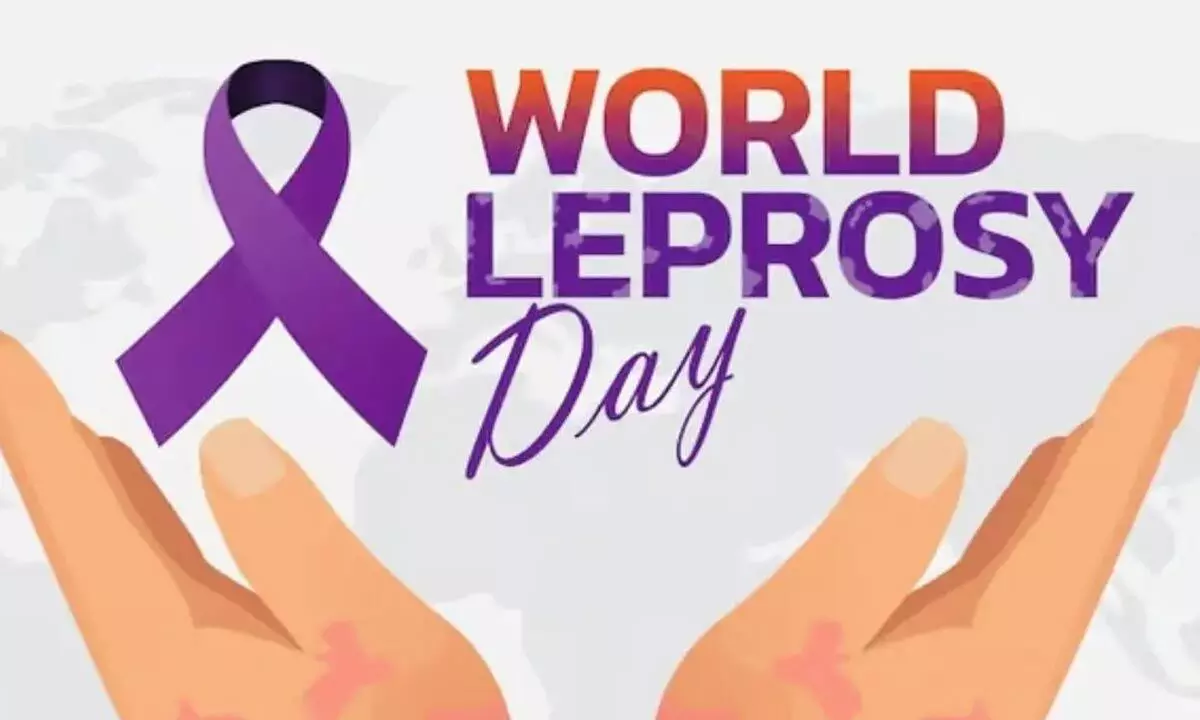Leprosy Day 2024: History, significance, early signs, symptoms and diagnosis

Leprosy, also referred to as Hansen’s disease, is a chronic infectious condition caused by the slow-growing bacteria Mycobacterium leprae.
Leprosy, also referred to as Hansen’s disease, is a chronic infectious condition caused by the slow-growing bacteria Mycobacterium leprae. It primarily affects the skin and peripheral nerves, resulting in skin lesions, nerve damage, and potential disabilities if untreated. Although not highly contagious, prolonged close contact with untreated leprosy patients can facilitate bacterial transmission.
World Leprosy Day is commemorated on the last Sunday of January annually. In 2024, it fell on January 28, with the theme "Beat Leprosy." The objective is to raise awareness about the disease, combat stigma, and advocate for the dignity of individuals affected by leprosy.
In India, World Leprosy Eradication Day is observed on January 30 each year, coinciding with the death anniversary of Mahatma Gandhi. Gandhi actively championed the rights of leprosy-affected individuals, establishing leper colonies, providing medical care and education, and fighting against associated stigma. Observing Anti-Leprosy Day on this date honors his dedication and perpetuates his legacy.
The significance of World Leprosy Eradication Day lies in raising awareness about leprosy in India, promoting early diagnosis and treatment, and combatting stigma.
Early signs and symptoms of leprosy include:
• Skin Lesions: Patchy, lighter or reddish-brown discoloration with loss of sensation in affected areas. Lesions may be flat or raised and can appear anywhere on the body.
• Numbness and Tingling: Particularly in the hands and feet, leading to difficulty gripping objects or feeling the ground while walking.
• Muscle Weakness: Affecting the hands, feet, and face, causing difficulties in performing daily tasks.
• Enlarged Lymph Nodes: Possibly near the groin, armpits, or elbows.
Diagnosis methods include:
1. Skin Biopsy: Examination of a small skin tissue sample for the presence of leprosy bacteria.
2. Slit-Skin Smear: Microscopic examination of skin scrapings from an earlobe for bacteria.
3. Nerve Function Tests: Assessing nerve damage by measuring electrical conductivity in the hands and feet.
Leprosy is curable with multidrug therapy (MDT) provided by healthcare professionals. Early diagnosis and treatment help prevent nerve damage and disabilities. Stigma surrounding leprosy can be detrimental, hindering individuals from seeking assistance.


















